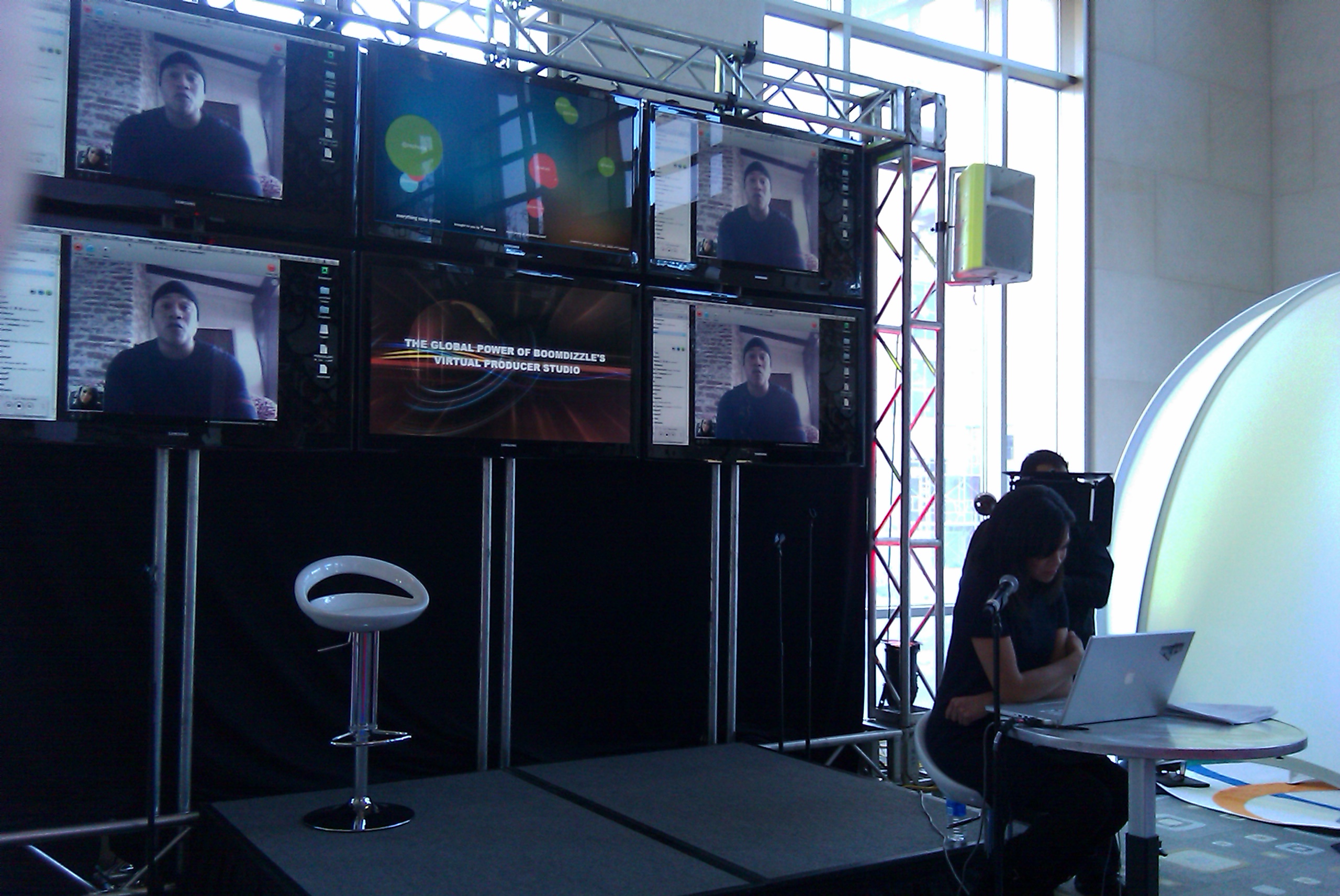By Guest Author Kelly Roby
I see parallels in the social consequences of improper email etiquette in academia and business. I believe that the parallels of increased use of technology and lack of focus on proper communication have grown at a rapid rate.
Stephens et al., conducted two studies using Interaction Adaption Theory (IAT) to examine improper or casual out-of-classroom emails and the impact these had on the student, student credibility, message attitude and overall willingness of a professor to comply with simple requests for a face-to-face meeting. IAT helps explain how individuals choose to respond to communication in either a matching or complementary manner. To accurately predict a response to interaction IAT uses three conditions:
- Requirements (R)-what the receiver feels is necessary in an interaction
- Expectations (E)-anything anticipated in the interaction and typically considered social norms or prescriptions
- Desires (D)-what one hopes or prefers to occur in the interaction
R, E, and D form to make the interaction position (IP). When this position is compared to actual behavior (A), a positive or negative reaction occurs.
Study one utilized 152 instructors ranging from full-time tenured professors to adjunct faculty, with an average age of 38.0 years. It attempted to identify the affect on instructor opinion towards the student by manipulating message quality and familiarity.
Study two involved a more-pinpointed effort to expound on the results of study one. The intent was to identify whether generational differences had influence on student email content, why students might violate instructor expectations and the specific email aspects that bother professors more than students.
The results of the two studies points to a correlation between the use of casual email and text messaging. While generational aspects were evident, they were not significant enough to explain the reason for student decorum in out of class communication and professors’ response and opinions to such violations. The results supported the general consensus of a need for instructional emails from professors, and also identified a negative opinion towards students with casual or improper email. It is hypothesized that second and third order effects of continued violations could follow students to the business world and possibly generate the same affects from future employers and business relationships.
All in all it appears that with the increase of technology, the perceived need for training on proper correspondence rules and techniques has changed. With the rush of everyday life and immediate electronic conversations via texting, it appears that young students are creating habits that might echo beyond school. Effective communication is a vital skill in the business world. If students do not learn proper etiquette, it is quite likely they will expose themselves to embarrassment and criticisms in a business environment were perception is reality. Their communication with professors is a good place to start!
Stephens, K.K., Houser, M.L., & Cowan, R.L. (2009). R U Able to Meat Me: The Impact of Students’ Overly Casual Email Messages to Instructors. Communication Education, 58(3), 303-326.

 As any Oprah watcher can tell you, texting while driving is a problem. We can make it illegal (it is in a majority of States), but that doesn’t necessarily eliminate what to many still seems like an innocuous act. A coinciding approach involves looking at the reasons people engage in the behavior, and engaging motivations by starting with intentions. Nemme and White took this approach, a variation of the Theory of Planned Behavior, in their study of 17-24 year-old Australian students.
As any Oprah watcher can tell you, texting while driving is a problem. We can make it illegal (it is in a majority of States), but that doesn’t necessarily eliminate what to many still seems like an innocuous act. A coinciding approach involves looking at the reasons people engage in the behavior, and engaging motivations by starting with intentions. Nemme and White took this approach, a variation of the Theory of Planned Behavior, in their study of 17-24 year-old Australian students. Quan-Haase examined a wide-range of studies involving North American college and middle/high school students regarding their instant messaging habits, with whom they use IM to communicate, and the effects of IM on their social and academic life. Quan-Haase made the following baseline observations:
Quan-Haase examined a wide-range of studies involving North American college and middle/high school students regarding their instant messaging habits, with whom they use IM to communicate, and the effects of IM on their social and academic life. Quan-Haase made the following baseline observations: